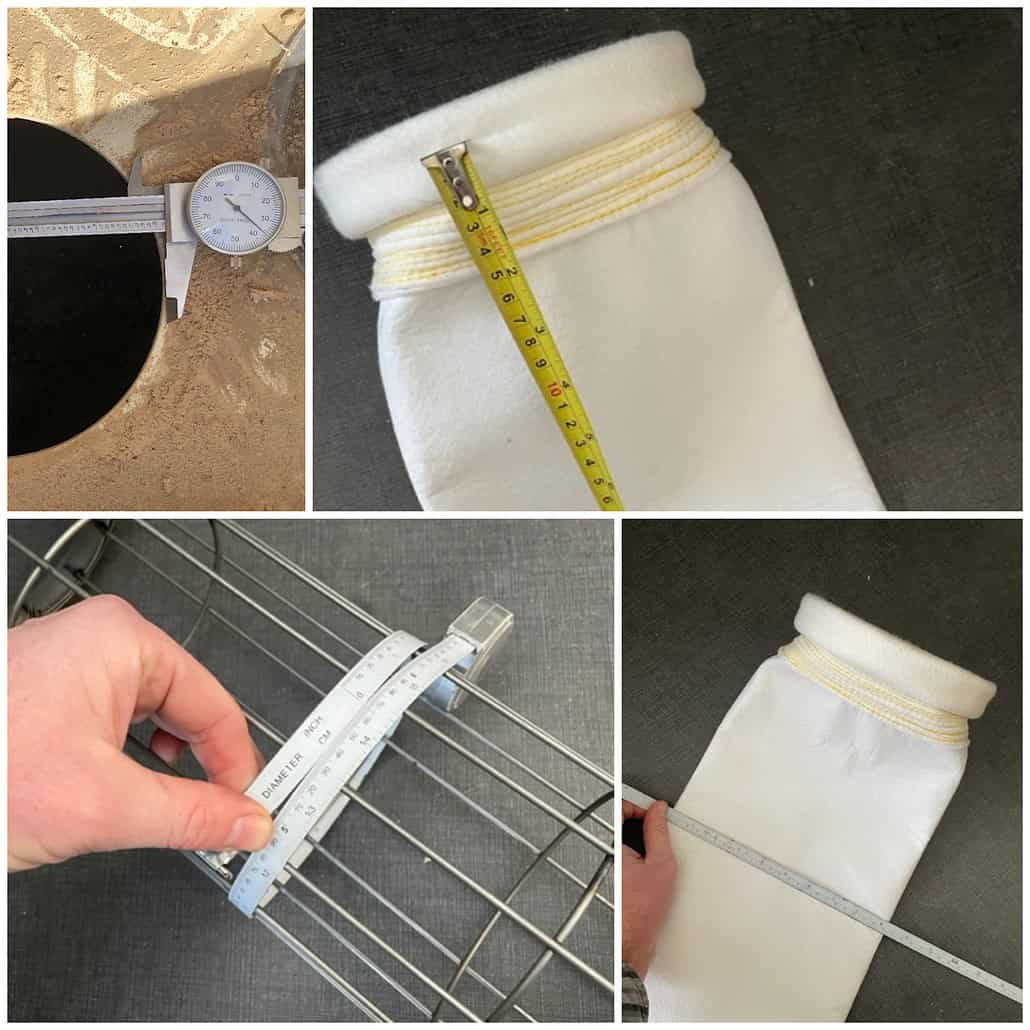By Dominick DalSanto
Environmental Technologies Expert & Author
Baghouse.com
Two Biomass power plants in California’s central valley were fined $835,000 by the U.S. Environmental Protection Agency (EPA) for exceeding emission limits of nitrogen oxides (which lead to the formation of Ozone), and fine particulate matter. Ampersand Chowchilla Biomass, LLC, (ACB), and Merced Power, LLC, (MP), are located within 12 miles of each other in California’s San Joaquin Valley. An additional fine of $15,000 was issued to ACB by the San Joaquin Valley Air Pollution Control District for violation of a district only statute.
The two plants which began operating in 2008 after nearly 2 years of refurbishments, are additionally required to install new pollution control technologies, and monitoring systems. As a result of this action, the plants have installed equipment that will reduce nitrogen oxide emissions by up to 180 tons per year, and carbon monoxide by up to 365 tons per year. The EPA and The District have placed the plants under supervision for the next years years to ensure compliance.
Failure to maintain a fully functionally dust collection system often leads to heavy governmental fines, and sanctions. In the end, the cost of properly maintaining your dust collection system is much lower than the costs associated with operating a faulty, inefficient, and inadequate system.
This action is part of the EPA’s larger efforts for improve the air quality across the nation, specifically in some of the nations largest urban areas. The San Joaquin Valley suffers from one of the worst air quality situations in the country. With heavy industry, a strong reliance on personal automobiles (lack of public transportation), and geographical characteristics all combining to create large amounts of smog, ozone and particulate matter pollution. The area often consistently exceeds national health standards for ozone and particulate matter.
“EPA is committed to doing our part to tackle the worst air quality in the nation. Today’s enforcement actions are a victory for human health,” said Jared Blumenfeld, EPA’s Regional Administrator for the Pacific Southwest. “San Joaquin Valley communities can now breathe easier as a result of the significant pollution controls won in these settlements.”
Nitrogen oxides react with other chemicals to form ozone and small particles, both harmful to the public’s health. Ozone and particulate matter affect the human respiratory system, and are linked to a variety of significant health problems ranging from aggravated asthma to premature death in people with heart and lung disease.
Biomass power plants use green waste from farms and other operations that would otherwise be subject to open burning, and construction debris that might have gone to a landfill, to generate power. A key piece of equipment needed to control emissions from this process, is an suitable dust collection system. As this case demonstrates, failure to maintain a fully functionally dust collection system often leads to heavy governmental fines, and sanctions. In the end, the cost of properly maintaining your dust collection system is much lower than the costs associated with operating a faulty, inefficient, and inadequate system.
After refurbishing the plants in 2007-2008, ACB and MP initiated operations in 2008. A joint investigation by the EPA and District found that ACB and MP violated the air permits issued to them by the District by:
· Emitting air pollutants including nitrogen oxides, sulfur dioxide, and carbon monoxide in excess of the permit limits;
· Failing to perform timely source testing to measure emissions of various air pollutants;
· Failing to properly install and operate emissions control systems for nitrogen oxides, a precursor to ozone; and
· Failing to certify the continuous emissions monitoring systems.
The plants also violated various District rules including requirements for emissions control plans.
Do you know of any real-life examples where plants chose not to invest in a adequate dust collection system (or failed to maintain it properly, install a larger system to keep up with production needs, etc…) and in the end it ended up costing them much more later on? If you do, we would love to hear from you in the comments section below.
About the Author
| Dominick DalSanto is an Author & Environmental Technologies Expert, specializing in Dust Collection Systems. With nearly a decade of hands-on working experience in the industry, Dominick’s knowledge of the industry goes beyond a mere classroom education. He is currently serving as Online Marketing Director & Content Manager at Baghouse.com. His articles have been published not only on Baghouse.com , but also on other industry related blogs and sites. In his spare time, Dominick writes about travel and life abroad for various travel sites and blogs.






